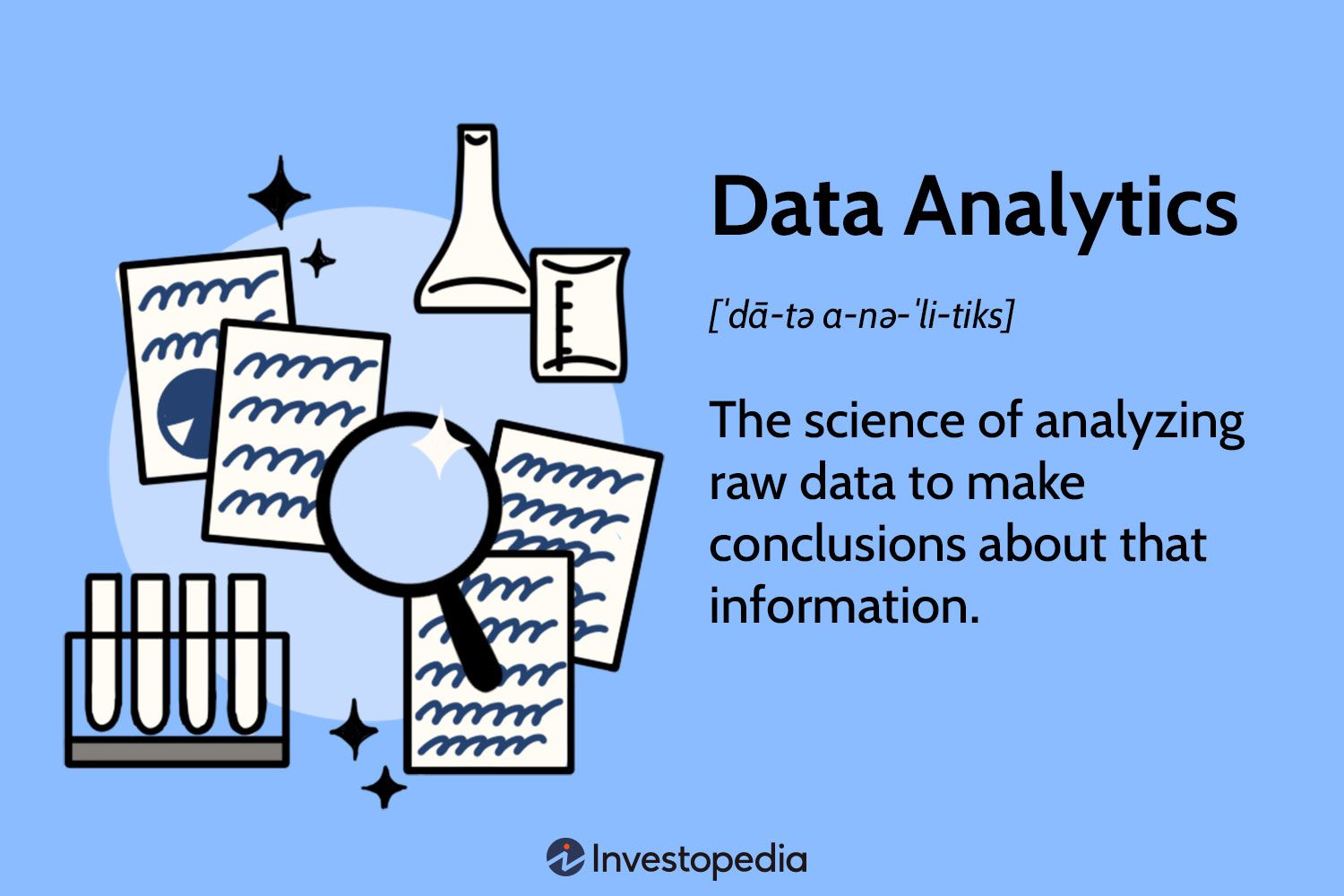The Power of Data Analysis
In an era dominated by digital advancements and technological innovations, data has emerged as the cornerstone of decision-making across industries. From retail giants to healthcare providers, organizations are increasingly relying on data analysis to gain valuable insights and drive strategic initiatives. In this article, we delve into the realm of data analysis, exploring its significance, methodologies, and real-world applications.
Understanding Data Analysis
At its core, data analysis involves the examination, transformation, and interpretation of raw data to extract meaningful insights. This process encompasses a range of techniques and tools, including statistical analysis, machine learning algorithms, and data visualization methods. By leveraging these tools, businesses can uncover patterns, trends, and correlations hidden within vast datasets, enabling informed decision-making and predictive modeling.
The Importance of Data Analysis
In today’s competitive landscape, the ability to harness data effectively can spell the difference between success and stagnation. Organizations that embrace data analysis gain a competitive edge by:
- Informing Strategic Decision-Making: Data analysis provides decision-makers with actionable insights, allowing them to make informed choices that drive business growth and innovation.
- Enhancing Operational Efficiency: By identifying inefficiencies and optimizing processes, data analysis helps streamline operations, reduce costs, and improve overall efficiency.
- Personalizing Customer Experiences: Analyzing customer data enables businesses to understand consumer behavior and preferences, facilitating targeted marketing campaigns and personalized experiences.
- Mitigating Risks: Through predictive analytics, organizations can anticipate potential risks and proactively implement risk mitigation strategies, safeguarding against financial losses and reputational damage.
Methodologies of Data Analysis
Data analysis encompasses a variety of methodologies tailored to specific objectives and datasets. Some common approaches include:
- Descriptive Analysis: Descriptive analysis involves summarizing and describing key characteristics of a dataset, such as mean, median, and standard deviation. This approach provides a comprehensive overview of the data’s central tendencies and variability.
- Inferential Analysis: Inferential analysis aims to draw conclusions and make predictions about a population based on a sample of data. Techniques such as hypothesis testing and regression analysis are commonly used to infer insights from limited datasets.
- Predictive Modeling: Predictive modeling utilizes historical data to forecast future outcomes and trends. Machine learning algorithms, such as decision trees and neural networks, are employed to build predictive models that can inform business strategies and decision-making.
- Prescriptive Analysis: Prescriptive analysis goes beyond predicting outcomes to recommend actions that optimize desired outcomes. This advanced form of analytics leverages optimization techniques and simulation models to prescribe the most effective course of action.
Real-World Applications of Data Analysis
Data analysis finds application across diverse industries, driving innovation and efficiency in various domains:
- Healthcare: In the healthcare sector, data analysis plays a pivotal role in patient care, disease diagnosis, and treatment optimization. By analyzing electronic health records (EHRs) and clinical data, healthcare providers can identify patterns and risk factors, leading to more accurate diagnoses and personalized treatment plans.
- Finance: In finance, data analysis informs investment decisions, risk management strategies, and fraud detection efforts. Financial institutions leverage predictive analytics to assess market trends, identify investment opportunities, and mitigate risks associated with loan defaults and fraudulent activities.
- Retail: Retailers harness data analysis to enhance customer experiences, optimize inventory management, and drive sales growth. By analyzing transactional data and consumer behavior patterns, retailers can tailor marketing strategies, recommend personalized product offerings, and forecast demand accurately.
- Manufacturing: In the manufacturing sector, data analysis is used to improve production efficiency, quality control, and supply chain management. By analyzing sensor data from manufacturing equipment and IoT devices, manufacturers can identify anomalies, predict equipment failures, and optimize production processes in real time.
Challenges and Considerations
While data analysis offers numerous benefits, organizations must navigate several challenges, including data quality issues, privacy concerns, and the need for skilled data professionals. Additionally, the sheer volume and complexity of data pose significant challenges in terms of storage, processing, and analysis.
Conclusion
In an increasingly data-driven world, the ability to extract actionable insights from vast datasets is paramount to organizational success. Data analysis empowers businesses to make informed decisions, drive innovation, and stay ahead of the competition. By embracing advanced analytical techniques and leveraging the power of data, organizations can unlock new opportunities, optimize processes, and achieve their strategic objectives in today’s dynamic marketplace.
